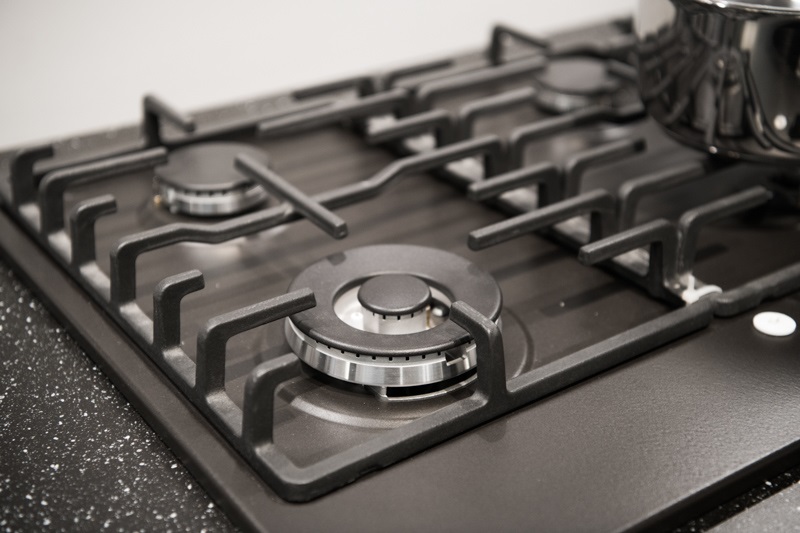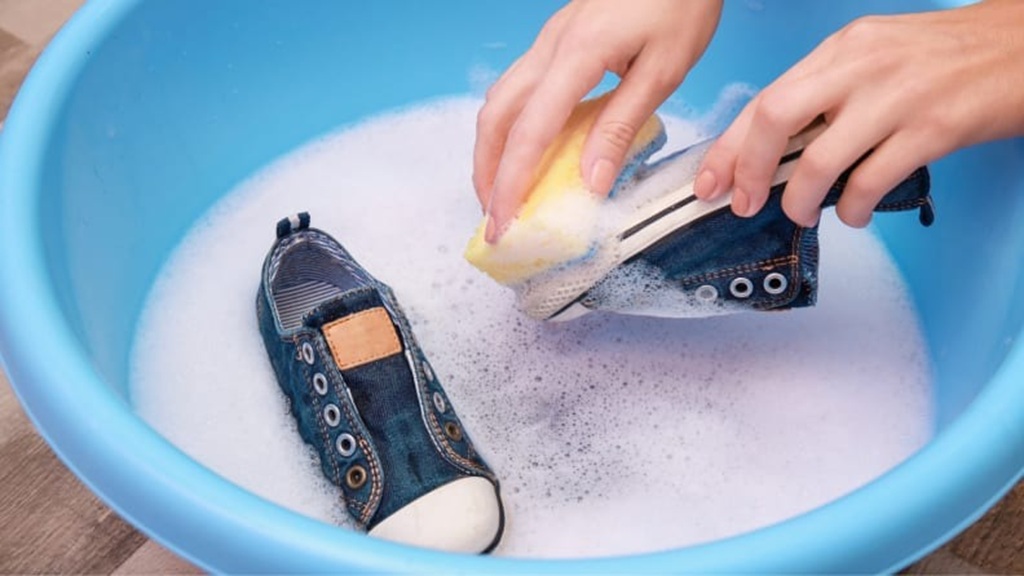Artificial grass is a great alternative to natural grass to put in gardens and terraces since natural grass costs much more to maintain. Thus, the maintenance of the artificial is much cheaper and its useful life is much longer. On the other hand, when choosing artificial turf, you must take into account what type of activities it will be exposed to. If it’s for private use, whichever you select will be fine, but if it’s for sports, you need a high-quality one and a team of professionals to install it.
Once the artificial grass is installed, it is necessary to give it certain care, especially when cleaning it. Do you know how to do it correctly? If not, don’t worry, from this article we teach you how to clean artificial grass, the most recommended products, and some tips to ensure a long life of the material without major maintenance problems.
How to clean artificial grass step by step
Cleaning artificial grass is done quickly and easily. Without much effort, optimal lawn care can be maintained. The stains that occur in it must be eliminated in the time since if they solidify or become attached to the artificial grass, it will be more difficult to remove them later and make this material recover the same appearance. It is recommended that, from time to time, the grass be wet with a hose to remove most of the dirt.
It is convenient to carry out some basic maintenance and cleaning care so that the lawn is kept in the best condition and, in this way, its appearance is like that of the first day for as long as possible. Therefore, in order to extend its life and improve its appearance, it is necessary to follow the basic steps to clean artificial grass :
- Brush the artificial grass regularly. It must be done in the opposite direction to the direction of the fibers, we will lift them and clean the deposited dirt. We will also replace the silica sand.
- Water or wet the lawn with pressurized water once a month or every two months, which would be enough and this helps us keep it clean because it is not used much. In summer it is a good idea to water it more frequently because it is one of the ways to lower the temperature since the humidity is deposited in the silica sand and maintains the freshness as if it were natural grass. It is not recommended to clean it with water if temperatures are below zero, since ice can wear down the latex base over time.
- Take care of the weeds. Even if it is artificial, at the base of the silica sand weeds can grow. To do this, herbicide can be sprayed on the surface and thus eliminate these plants.
- Clean the artificial grass with the vacuum cleaner. This to remove dust or sediment deposited on it. It is recommended that the power of the machine is not very high, so we prevent the fibers of the artificial material from coming off.
- After removing the weeds and the bulk of dirt and dust, it is time to clean the artificial grass with soap and water. This combination is perfect for food or drink stains. In the same way, if you have a pet and it has relieved itself on the artificial grass, you can apply this mixture to remove dirt and the smell of urine and excrement.
- You can use perfumes on artificial grass. To prevent the artificial turf from being filled with insects and other parasites, the use of sanitizing perfume is recommended. Some of these products give off a smell of freshly cut grass, giving it a more realistic look.
- Also, if the gum has stuck, it is advisable to apply ice or pressurized water to remove it.
Laying and maintenance of artificial grass
The installation of artificial grass on a playground is recommended to be done by a professional team
Depending on the sport, a type of infill base material is chosen, such as sand or rubber and some type of artificial grass fiber. The installation at home can be done by anyone with the help of some steps provide below:
- Prepare the ground: this is done to make it looser and clods of earth or large stones can be removed.
- Cleans the soil: removes the vegetation and stones that are in the work area, the soil is also removed to a depth of about 6 cm to clean roots and weed seeds.
- Compact the soil: products with pronounced edges that could scratch the lower surface of the synthetic grass should be avoided. It is advisable to use a tool such as a small tamper made of wood to compact the soil.
- Apply the permeable base layer or some geotextile: thanks to the placement of this material, the incidence of weeds will be avoided and it will help in the channeling of water. This will improve proper turf settlement.
- Fill the excavated place with sand or rubber: this serves to better accommodate and cushion the grass. Also so that you have a natural feeling when stepping on.
- Place the rolls of artificial grass: this will be done against the grain, the ends of the grass towards the main point of vision in the garden area, to achieve a better finish and a more natural appearance. When cutting the pieces, a joint margin will be left for cutting and adjusting it.
- Place the joining band and the adhesive: for the placement of the grass and its gluing, the subsoil must be completely dry to be able to place the rolls of grass on top of it.
- Fill with sand: we wait at least an hour after sticking it with the adhesive to proceed with the sand filling. This is so that the adhesive has enough drying time and is well-fixed.
- Wet the artificial grass and check the result: with water so that the materials settle and we can check the leveling, as well as the drainage and the water relief areas.
- Brush the grass: the grass will be combed again to place it in its final position.
Artificial grass requires maintenance according to its use. In the case of artificial turf for private purposes or municipal applications, it is enough to brush regularly, remove debris, and leaves, and eventually replace sand.
A sports lawn requires regular professional maintenance. This includes more detailed work, such as loosening the fill, treating the top layer, and making any repairs. With consistent care, an artificial grass sports field can last up to 13 years.
Other tips for cleaning artificial grass
We’ve given you a step-by-step on how to clean artificial grass above, but there are still other methods for you to add to your repertoire. You can use these tips as an alternative and they will surely work for you:
- Use a leaf blower to collect all the debris in one place. Whether it is to remove the leaves that fall in autumn, the sticks and branches that remain after a storm, or any other type of debris, with the help of a leaf blower you can quickly clean your artificial grass.
- For extreme cases in which we have “impossible” stains to remove, we recommend applying a solution of water with 3% ammonia.
- Scrape away any sticky or pasty residue with a knife before cleaning the area. You must scrape the grass gently and be careful not to cut it.
- Use a solution to kill bacteria, you can opt for a commercial product or you can spray with equal parts vinegar and water.






